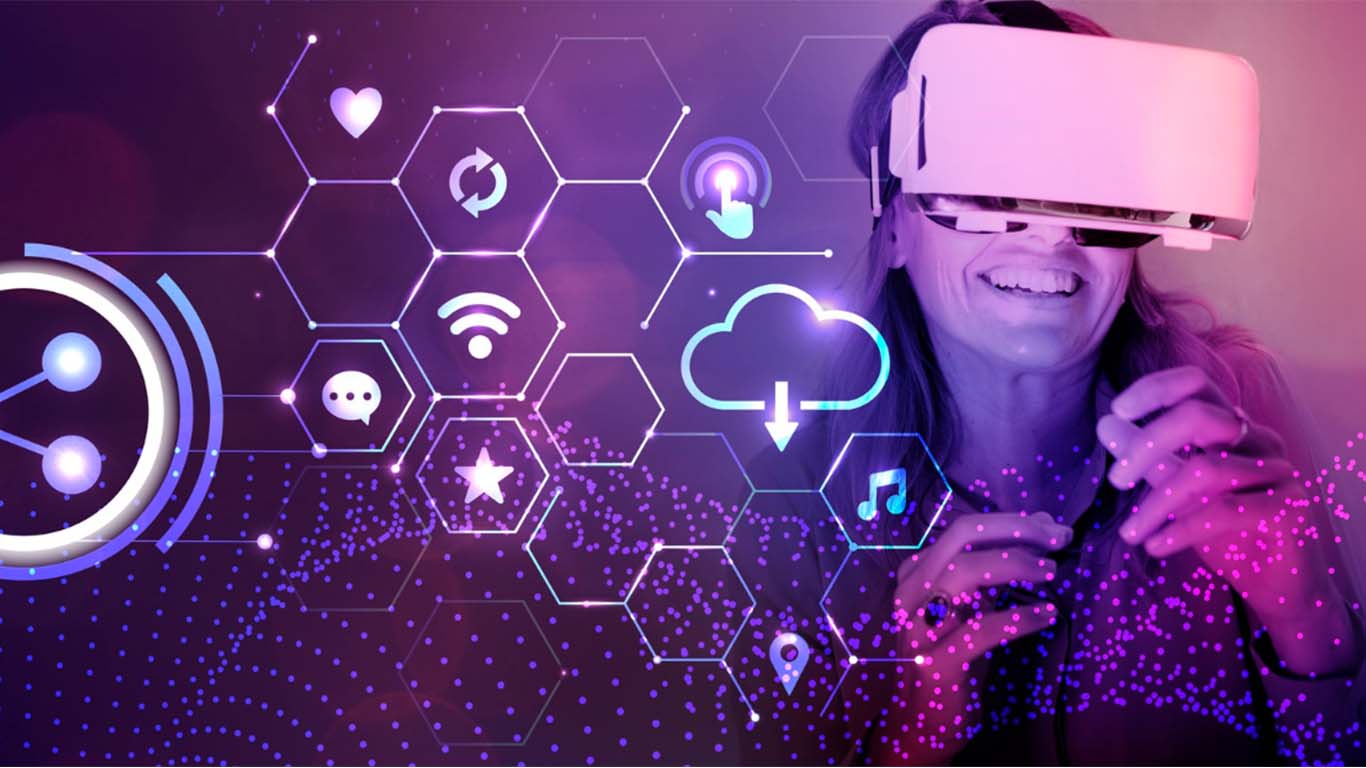In 2025, the relationship between humans and technology is more deeply intertwined than ever before. From the way we communicate to how we work, shop, learn, and care for our health, digital innovation has seamlessly integrated into the fabric of everyday life. As these advancements continue to evolve, they’re not just changing our routines—they’re enhancing, streamlining, and redefining what it means to live in a connected world.
1. Smart Homes and Daily Convenience
The rise of smart home technology has made daily life more efficient and personalized. Voice-activated assistants like Amazon Alexa, Google Assistant, and Apple’s Siri now manage everything from setting reminders to adjusting thermostats and controlling appliances. Homeowners can lock doors, monitor security cameras, or start coffee makers—all through their phones or voice commands.
In 2025, smart homes are also more energy-conscious. Automated lighting systems, smart thermostats, and connected appliances help reduce waste and optimize power usage, making homes both smarter and more sustainable.
2. Healthcare at Your Fingertips
The human-tech connection is revolutionizing health care. Wearable devices like fitness trackers and smartwatches monitor heart rate, sleep patterns, stress levels, and even blood oxygen levels in real time. Some advanced models can detect irregular heart rhythms or alert users to early signs of illness.
Telemedicine, once a temporary solution during the pandemic, is now a standard part of health care delivery. Virtual doctor visits, AI-powered symptom checkers, and remote monitoring tools allow patients to receive care without leaving their homes. This is especially beneficial for those with chronic conditions or limited mobility.
Additionally, personalized wellness apps use AI to offer customized workout routines, meal plans, and mental health support—empowering users to take charge of their physical and emotional well-being.
3. Education and Remote Learning
Technology has reshaped how people learn, making education more accessible and adaptive. In 2025, virtual classrooms, online degrees, and interactive learning platforms are common across age groups. Students can access lessons anytime, anywhere, often tailored to their individual learning styles.
Tools like AI tutors, educational games, and virtual labs provide a hands-on experience from a distance. Augmented reality (AR) brings abstract concepts to life, while collaboration tools enable group projects across borders. The result is a more inclusive, flexible, and engaging learning environment for students around the world.
4. Work and Collaboration in a Hybrid World
The workplace has undergone a digital transformation. Hybrid work models—where employees split time between home and office—have become the norm. Cloud computing, video conferencing, and collaboration platforms like Zoom, Microsoft Teams, and Slack ensure that teams remain productive and connected, regardless of location.
AI tools are also streamlining workflows. From scheduling meetings to automating repetitive tasks, technology is freeing up time for creative and strategic work. Meanwhile, digital upskilling platforms are helping workers stay competitive in an evolving job market.
5. Shopping, Banking, and Daily Transactions
Online shopping and digital banking are no longer conveniences—they’re expectations. In 2025, mobile wallets, contactless payments, and AI-based financial assistants make managing money easier and faster. Smart algorithms suggest spending habits, track budgets, and even invest automatically based on user preferences.
In retail, augmented reality allows customers to virtually try on clothes or preview furniture in their homes before buying. Personalized recommendations, same-day delivery, and voice-assisted shopping have completely redefined the consumer experience.
Conclusion
Technology has become an invisible thread running through every aspect of daily life. While it brings immense convenience, it also raises important questions about privacy, digital balance, and accessibility. As the human-tech connection continues to deepen, the challenge will be to harness these tools wisely—enhancing our lives while preserving what makes us human. In 2025, living with technology isn’t about being constantly connected; it’s about being meaningfully connected.


